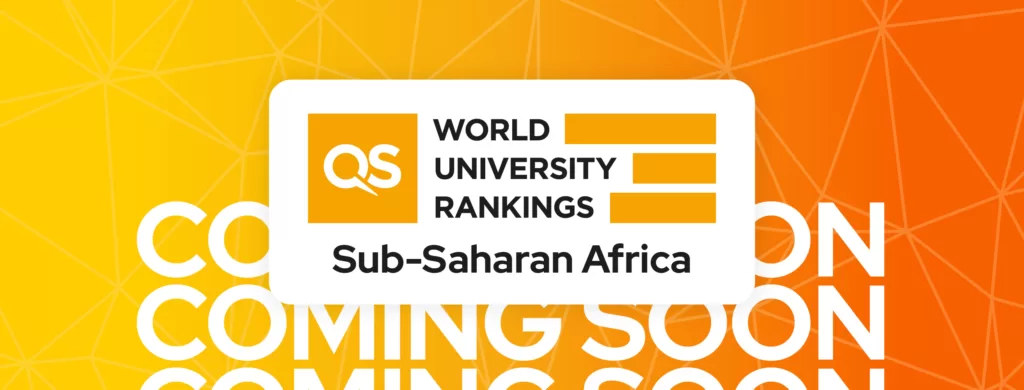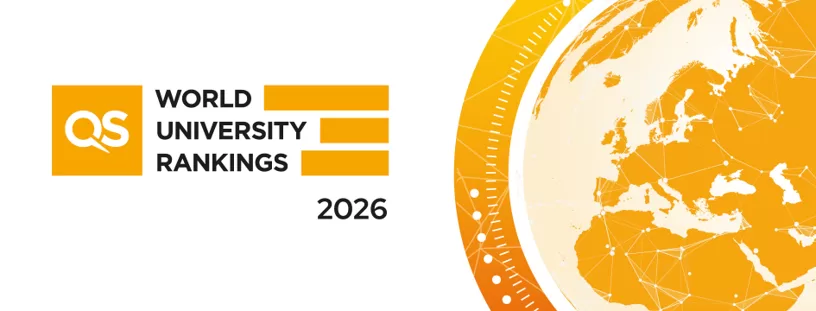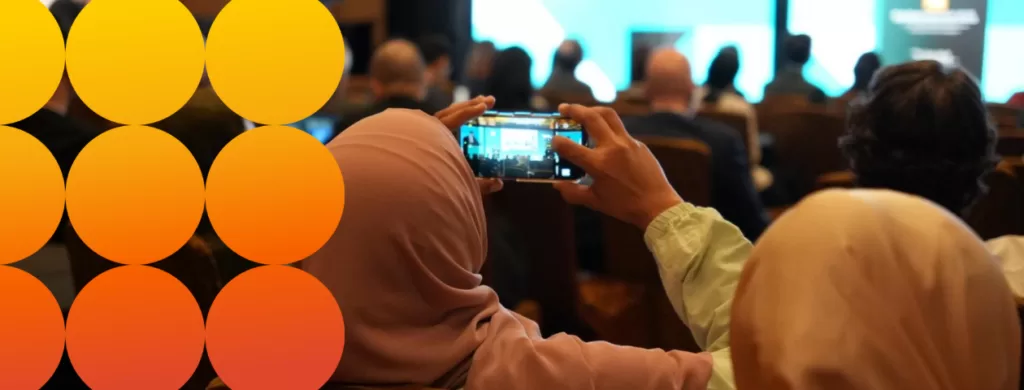Discover how your institution can better measure the return on investment (ROI) of student recruitment events and safeguard your student recruitment strategy for years to come.
For colleges and universities that use student recruitment events to generate leads, the possibilities of engaging with candidates and acquiring student data are endless. Yet how an institution measures the ROI of recruitment events can determine how effective their student recruitment strategy is and how it evolves over time.
The importance of student recruitment events
It should come as no surprise that prospective international and domestic students are spending more time online researching their right-fit college or university and looking for more ways to connect.
Where do most students go online to conduct their higher education research? According to the QS International Student Survey (ISS), the top sources for researching a university include:
- Official website (77%)
- General online search (61%)
- Rankings (47%)
- Course-finder websites (38%)
- Social media channels (35%)
- Institution information sessions/events (34%)
- Discussion with admissions staff (29%)
- University prospectus (26%)
- Family and friends (26%)
- Other websites (21%)
As you can see from our findings from surveying thousands of candidates worldwide—there were 78,000 respondents in 2020—information sessions and events are roughly as important as social media channels.
College fairs and student recruitment events aren’t just another strategy to throw into the mix in order to diversify your recruitment approach. These events provide a strong platform for building connections, brand awareness and a strong student pipeline.
To maximise your impact through such events, a plan to measure event performance and efficacy is critical. Below, we will offer a quick checklist for institutions to measure success, as well as show you how QS measured the ROI of our own events.
Recruitment success and ROI checklist
In order to build a stronger student recruitment strategy with recruitment events, be sure to answer the following questions during and after a college fair or student recruitment event.
Measuring engagement during an event:
- Have you incorporated event feedback into your presentations and conversations?
All messaging should take into account previous student communications preferences and address any issues students may have had accessing your information in the past.
- Have you identified the key factors for candidates in making their study plan?
Resources such as the ISS can assist you in identifying the most important factors to students in choosing an institution like yours.
- Are you making the most of the platform and your materials to maximise engagement?
Maximise on-site awareness through presentations and interactive content such as videos and slideshows. In addition, starting conversations with prospects ahead of the event via email can greatly improve engagement on the day.
- Do you have a strong alumni story to tell?
Telling great graduate stories is highly useful as it offers candidates a glimpse of what qualities you are searching for in a candidate, your school culture, and post-graduation outcomes. Many institutions invite alumni to their events to speak to candidates directly.
Measuring engagement post-event:
- Have you conducted an engagement audit?
Reviewing your event activities, how many students engaged with your materials online? Be sure to analyse which students downloaded your brochures, watched a video and engaged with you in chat rooms or one-on-one conversations.
- What are your engagement levels in the same region, year-over-year?
Using this as a metric will give you an indication as to whether you should continue to invest in the region in the future, or if your institution needs to improve the alignment of its unique selling points (USPs) to the unique needs of candidates in the region.
- Have you engaged with students that had never heard of you?
In reviewing your communications with students, try to identify how many students had never heard of your institution and which region(s) or country they are from as this will provide a key indicator of your efficacy in raising brand awareness.
- How many students have reached out to you after an event?
Measuring this ratio in key regions over time will give you a strong indication as to where your institution should continue building a student pipeline in the long term. If your institution is working with a CRM such as HubSpot or Salesforce, be sure to review the sources of your leads in the attribution model.
How we’ve measured ROI for QS virtual events
At QS, a culture of testing, learning and continuous improvement has engendered stronger event experiences and improvements to ROI for both our institution partners and students.
As part of the evolution from physical student recruitment events to virtual events, the QS Digital & Events team sent out student surveys and conducted feedback sessions to gain a clearer picture of how our own events offerings were measuring up.
In 2020, our QS virtual fairs gained an average of 650 students per event with over 99,000 registrations in total. After surveying student attendees, the Digital & Events team identified a strong ROI for students:
- 78% of fair attendees intended to apply to over two universities they had met at the event, with 78% contacting at least two schools post-event
- 77% of fair attendees met with universities they were not familiar with
- 69% of fair attendees said that the QS fair helped them make a study decision
In addition, partner institutions saw real value in utilizing QS’ significant database of both attendees and non-attendees, with 93% of prospects contacted by at least two schools after they had registered for an event.
Also in 2020, the QS team held 201 Connect events, with an average of 381 student registrations per event. The team again went to their survey data to gauge how students responded to the Connect experience, and this is what they found:
- 85% of Connect attendees planned to apply to at least two schools they met at the event
- 81% of Connect attendees said that the event helped them to make a study decision
- 62% of Connect attendees intended to apply to a university six months after meeting at a QS Connect event
To learn more about how your institution can make the most of virtual student recruitment events, read the report: Maximizing Potential at Virtual Student Recruitment Events.
QS Digital and Events provides prospective undergraduate, graduate, and MBA applicants with independent guidance throughout their search and decision making. Our world-class digital platforms include TopUniversities.com, TopMBA.com, and QSLeap.com which support search and inform applications to programs matching their profile and aspirations. In parallel, prospective students can meet, either virtually or face-to-face, with admissions officers of international universities and business schools. For universities and business schools, it offers effective and innovative digital and offline student recruitment and branding solutions.



